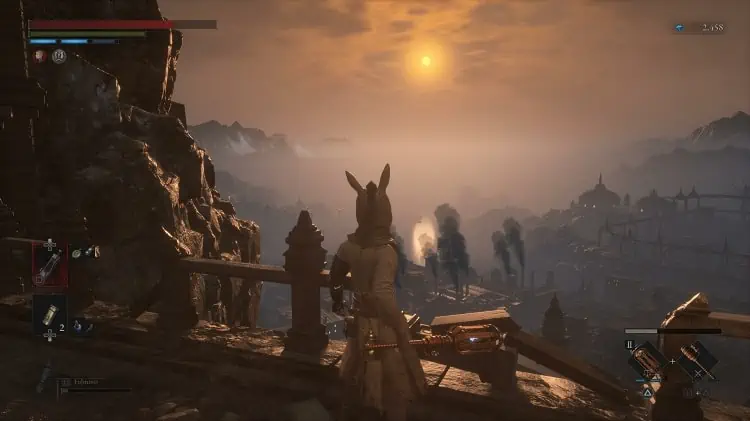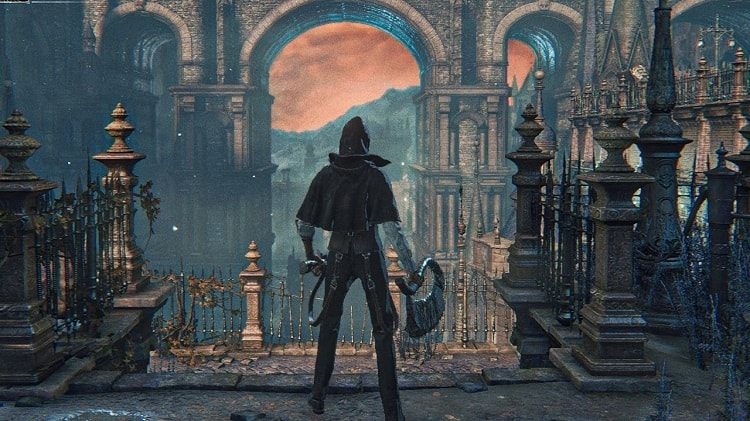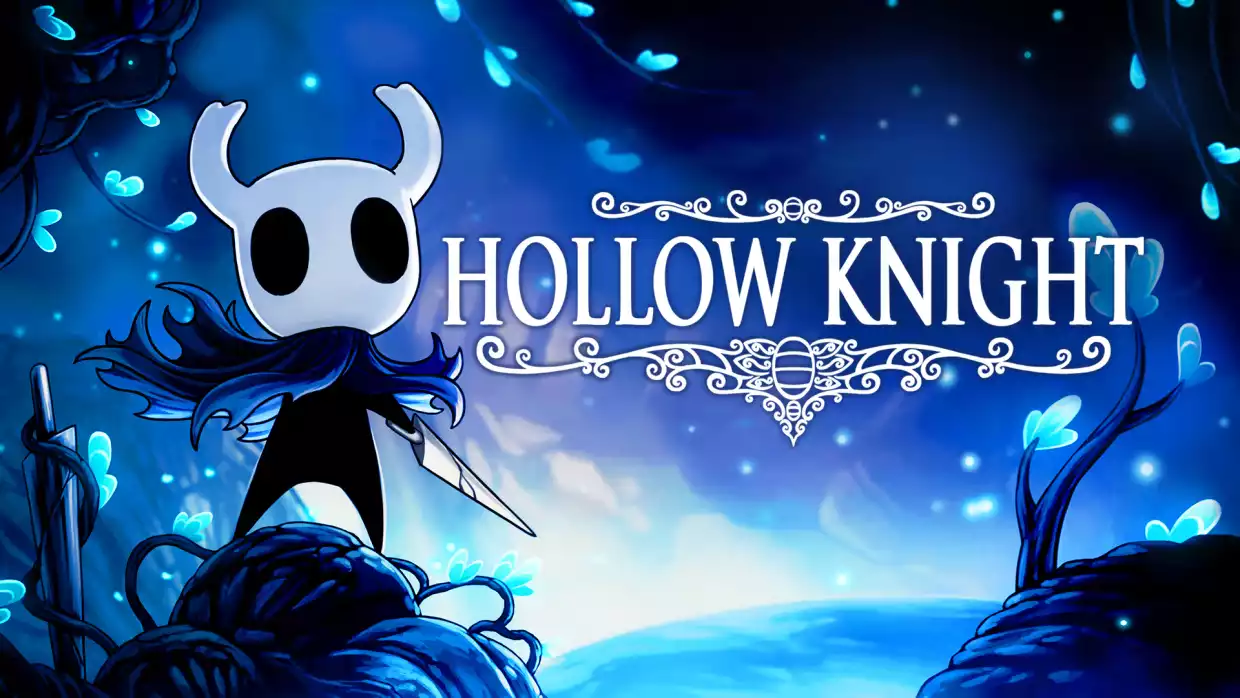No review found!
Ah, the wonderful world of public domain characters, household names that anyone can claim as their own. Have you ever noticed that the entertainment industry goes through phases of showering us with movies, TV shows, and video games, all depicting a well-known character in a new light?
Plenty of properties have gotten this treatment, such as Frankenstein’s Monster, Sherlock Holmes, Alice In Wonderland, Peter Pan, Rapunzel, and Tarzan. Honestly, the list goes on.
Well, one other character that finds themselves categorized in that regularly tapped vein of potential success is Pinocchio. So, what game genre has this character of Disney fame been thrust into? Why, an indie Soulslike, of course.
You would have thought that this would be one of those post-it-notes stuck up in a writer’s room that would be quickly discarded after even a hint of scrutiny, but to pretty much everyone’s surprise, Lies of P has caught the attention of many, promising a dark and gritty re-imagining of Pinochhio’s story in a Bloodborne-Inspired world where Puppets are frenzied killing machines, diseases are crippling the City of Krat, and those closest to you aren’t what they seem.
Lies of P comes out of the blocks fast, offering a wealth of wonderful gameplay mechanics and considerations, along with what is easily the most refined Souls experience that isn’t under the FromSoft umbrella.
However, you may be wondering where this one ranks amongst the best of the best in this modern sub-genre. Well, join me and find out. Here is Indie Game Culture’s Lies of P Review, conducted on PS5.
Games Like Lies of P
|
3.1
|
4.7
|
3.5
|
|
N/A
|
N/A
|
N/A
|
Gritty, Gothic, Gorgeous
Let’s kick things off with the setting of Krat, the gothic nightmare of a city that you’ll need to explore in the hope of rescuing the inhabitants from the Puppet Frenzy and hopefully make sense of the Petircication Disease as you go.
From a graphical perspective, I don’t want to heap too much praise on this title, as it’s all relative. The game looks the part, with decent lighting, well-rendered textures, and grotesque enemy models aplenty.
However, you can’t help but compare this output to that of FromSoft, and as soon as you do that in your head, which it’s pretty much impossible not to do, then you come to the conclusion that this would be a step back for them.

The game feels like a very polished last-generation Souls game, often feeling like what we would have got if FromSoft ever opted to make a Bloodborne remaster. They even copied it right down to the loading screens.
However, that doesn’t mean that the game doesn’t shine elsewhere to make up for this. The game’s setting is wonderfully grim, throwing you into a fictitious European, 20th Century Belle Époque era and asking you to fend for yourself.
The areas you visit all feel distinct, and the set times of day in each area akin to Bloodborne also help the player feel like they are experiencing the story in real time over the course of one long, torrid night.
Not to mention the outstanding sound design that offers ambient screams, moans, and bumps in the night to make you question if there is some deranged puppet waiting to scrap you for parts around every corner.

In terms of presentation, it’s a game that succeeds more off the back of its world design than anything else, but despite its shortcomings and need to employ load screens instead of offering a pseudo-open-world like most Souls games, I think Round8 can be quite proud of what they have cooked up here.
Disney After Dark
Now we move onto the story within Lies of P, which takes the character Pinocchio, a character most commonly known as a docile wooden puppet on strings, and molds them into a fearless killing machine duty-bound to serve their master.
It’s an idea that strips away all of the Disney Magic in favor of guts, gore, and grime, while still retaining enough core fragments of Pinocchio’s core narrative so as to not lose the run of itself completely.
While I found myself loving the opening stages of this epic as the City of Krat slowly unfolded before me after exiting Krat Central Station, I soon found that as more lore and exposition were thrown my way, I found myself less and less engaged.
I put this down to the fact that Lies of P doesn’t employ the typical Souls trait of having the world tell the story.

You have Gemini, your companion, who will jump in, penetrating the eerie silence to tell you things you’ve already deduced. Then you also have a lot of extended conversations with NPCs, which really isn’t the norm in Souls titles.
NPC’s tend to be used sparingly, and because so much of the storytelling was laid out on a plate for me, it made me more keen to go off the beaten track and engage with the side-content that is true-to-form cryptic Soulsborne content.
The good news is that where the core plot fumbles, the side content is there to pick things up. I found the core plot to be very one-note and predictable throughout, but each side encounter had a worthwhile and interesting payoff and enriched the world of Krat much more than Gepetto’s main quest ever could.
I will concede that the game was perhaps a little too cryptic regarding how the Lies System affects the player, which, by the way, for all non-completionists, it doesn’t. But outside of having to play NG+, there isn’t really a downside to shrouding this in mystery.
All in all, the game tries to handhold players through a lot of the core storybeats, and that can be a little annoying for veteran Souls players, but there are enough extras to sate that hunger for player discovery.
Master of Puppets
While presentation and story are both a little flawed in parts, it’s hard to find much wrong with the combat system and gameplay present in Lies of P, as it offers a fast-paced Souls experience that hasn’t been seen since 2015’s Bloodborne.
One of the core problems I find with Souls games, whether they be under the FromSoft umbrella or not, is that most of your game is spent attacking from range, or cowering behind your shield, depending on your preference.
Caution is a big part of the Souls experience, but adding in an element of risk and reward makes the gameplay much more fun, frantic, and dynamic.

Lies of P does this by throwing the notion of a shield out the window, realistically offering the player two options. Get good at perfect blocks, or get good at precise dodging.
Seeing as I didn’t get the trophy relating to breaking an enemy’s weapon with a perfect guard until I was fourteen hours in, you can guess which one I prefer, but both are valid ways to blast through most of the game, provided you have the skill.
The game then adds some versatility to the combat with the introduction of Fable Arts and Legion Arms. The former allows you to swap around weapon parts to get a unique combination of special abilities that charge with each hit landed.
Then, the latter allows you to use a prosthetic arm ability to attack or defend, depending on what you have equipped. I have to concede that the Legion Arms do lack a certain potency to make them all that useful, but the weapon assembly combinations and Fable Arts act as a great option to have in the heat of battle.

Then you also have the P-Organ system, which is the first time I have seen a Skill Tree included in a Souls title, but surprisingly, it’s a welcome addition.
This system encourages players to explore the world to find Quartz, the rare commodity that allows players to unlock very valuable skills and perks, and also allows you to build a rather diverse character from another player in a way that the core stats system simply doesn’t allow for, but more on that in a second.
All this is great, and it truly makes this feel like Bloodborne 2.0 in a lot of ways, but there is something that I found to be lacking, which works to sully the good work of this rich combat system.
The Cogs Stop Turning
My primary issue with the gameplay is that it feels rather unbalanced, which often leads to strong mechanics being forgotten. Take the weapon assembly system, for example. This is a really cool system that allows the player to experiment by swapping out abilities, making bulk weapons more versatile, and vice versa, but it all becomes irrelevant about halfway through the game.
As soon as the player even gets a sniff of an opportunity to use a Legendary Weapon, which cannot be broken up for parts, you’ll cast your crafted weapon to one side and never look back.

This lack of balance and forward-thinking is something that really permeates through to the runtime as a whole. The bosses employed within Lies of P are a really mixed bag, with some very abrupt difficulty spikes thrown in there for good measure.
Take Fuoco, the first boss not found in the demo. Most players will breeze through the Scrapped Watchman, only to encounter Fuoco and witness a sharp rise in difficulty, which will practically come out of nowhere. So much so that I would argue you don’t face a harder boss more than once or twice the entire run, relatively speaking.
This sporadic boss difficulty seems to be compensated for with very strong standard enemies that only serve to deplete large portions of your health and, in turn, your Pulse Charges before you get to the next boss, making them harder through artificial means.
This inevitably leads to you running through large portions of the game, blowing raspberries at the grotesque creatures as you show them a clean pair of heels.
This would all be fine if the game offered you a means of grinding, as this tends to be part of the Soulsborne experience if you want to make the game a little more manageable.
However, aside from going with your classic strength build and upping Vigor, Stamina, and Weight Capacity, there isn’t really any other way to approach scenarios. You could try a Technique build, but trust me on this, you’ll regret that decision.

Then, even if you did want to grind for levels and go into boss fights with enough health and stamina to brute force it through, there’s no decent way of grinding Ergo to speak of in this game, making that process as much of a slog as just beating your head against the wall presented by the next boss until you finally break through.
I can’t believe I’m going to be as hack as to make a nose-related comment about this Pinochio-inspired game, but it genuinely is a game that often cuts off its nose to spite its face.
Authentic for Better or Worse
Then, before we close the curtains on this Lies of P Review, I have to share a gripe that I’m sure some will love, but I personally found to be excruciating. Lies of P tries to serve as a love letter in a lot of ways to the FromSoft titles that inspired it, but due to this, the game seems to take the good and the bad of these titles.

Here’s my prime example. In the Cathedral area before the Fallen Archbishop fight, you’ll have to go through a genuinely horrible platforming section that will have you dodging on thin beams, avoiding obstacles, and leaping across gaps, in a bid to simply continue the main plot.
If this was an optional area for a valuable item, I would have been fine to overlook this, but the game effectively locks progression behind very rigid platforming, which isn’t so much skill-dependent as it is a blend of timing and luck.
Souls games have always been horrible platformers, and if Blighttown from the original Dark Souls wasn’t a good enough indicator of that to ensure that no other games of this nature would follow suit. Then, quite frankly, we will never learn.
Closest Alternatives

If you liked what Lies of P had to offer, then these games will be right up your alley as well:
- Bloodborne
- Mortal Shell
- Steel Rising
- Thymesia
- Remnant 2
- The Order 1886
The Verdict
Score: 8/10
Overall, I have to commend Round 8 for seeing the potential for a dark and sinister Soulsborne world told through the lens of this Disney Classic. Lies of P is a game that wears its love for Bloodborne on its sleeve, which is apparent from start to finish.
However, despite this, the game comes up with a number of fresh additions to make this experience a unique one for Veteran Souls players. The setting and stories weaved within are gripping for the most part, the visuals and ambient noise make for a chilling experience, and the combat offers a fast-paced risk-and-reward format that most FromSoft epics simply don’t.
That being said, the game does come off the rails slightly as the game progresses, with weaker bosses than the mid-game, and brutal standard enemies seemingly to compensate for that. This leads to players inevitably sprinting for the boss arenas, which doesn’t exactly allow players to get the full effect of what’s going on around them.
Then, on top of that, the main story’s outcome is a little predictable right from the offset, with the side stories offering far more interesting narratives than the plot itself.
The question many will ask is, ‘Is this game as good as a FromSoft game?’ and to that, I say, not quite, but almost.
FromSoft would see this as a step backward, but when compared to games like Mortal Shell, Nioh, The Surge, and other games aiming to capture the essence of a FromSoft souls game, Lies of P does the best job to date, and is well worth a play for anyone who has patiently awaited a Bloodborne remaster, as this is probably the closest thing you will ever get!
Pros
- Strong Visuals and Sound Design in a chilling setting
- Fast-paced, reactionary combat
- Plenty of replay value
- Intriguing side-content
Cons
- The main plot is a little predictable
- Late-game balance issues
- Some annoyingly cryptic mechanics
- No Co-op options
FAQ Section
Question: How Long is Lies of P?
Answer: This will depend on your aptitude for Souls Games. However, if you consider yourself a proficient Souls player, I would wager that you will complete the main story of this game within twenty hours or less. However, completionists aiming for all the achievements via NG+ will need to play for around 50-60 hours.
Question: Which Boss is the Hardest?
Answer: This will depend on what playstyle you adopt, as parrying works better for some bosses, whereas others will require well-timed dodges and fast reactions. However, we would say that the hardest bosses you will encounter will be The Nameless One, The Eldest of the Black Rabbit Brotherhood, and the Puppet Devouring Green Monster
Question: Is Lies of P Like Bloodborne?
Answer: Yes, Lies of P is a game that really tries to emulate the fast-paced risk-and-reward combat style that Bloodborne championed. That, along with the grim Gothic architecture, the muted color palette, and the absence of a shield to hide behind, makes this one a game very much inspired by FromSoft’s Playstation exclusive gem.
Games Like Lies of P
|
3.1
|
4.7
|
3.5
|
|
N/A
|
N/A
|
N/A
|
- Best Indie Open World Games To Play In 2024 - February 28, 2024
- Most Wholesome Indie Games - February 22, 2024
- Best Indie Walking Simulators: 20 Indie Strolls To Remember - February 22, 2024




